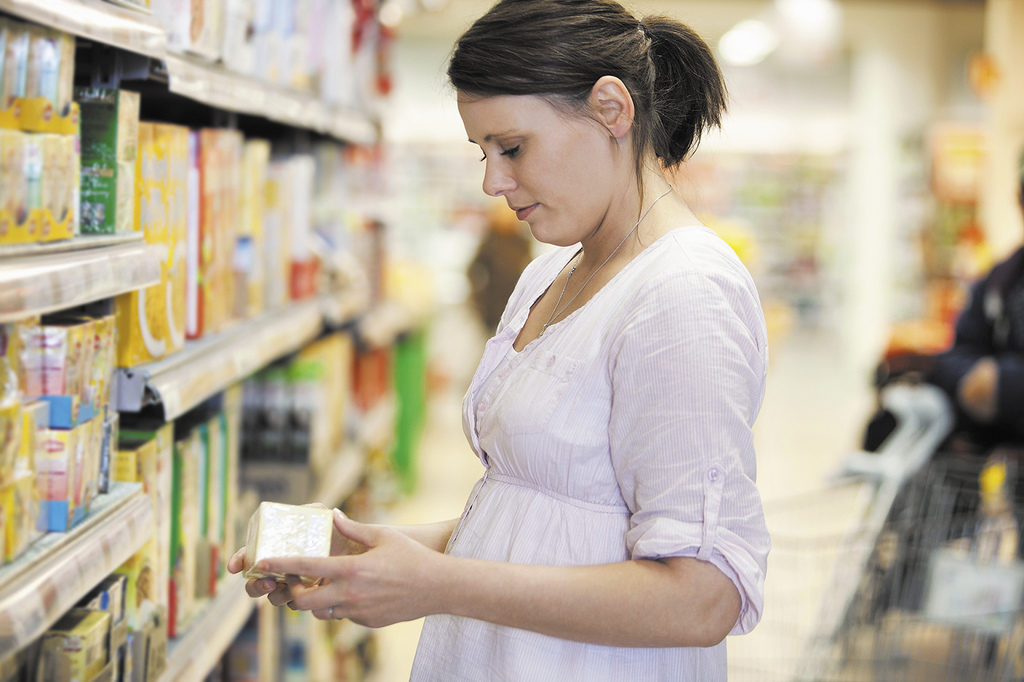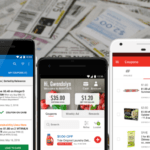
Couponing and grocery shopping used to be simple and straightforward – you’d cut coupons out of the Sunday inserts, and head to the store. Now, there are as many ways to get coupons as there are to get your groceries – you can get coupons from the Sunday paper, on your computer, or on your phone. Then you can get your groceries in the store, loaded into your car as you drive up, or delivered to your door.
So is it any wonder that some shoppers who want to ensure they’re making the best choices and getting the best deals are a little overwhelmed by it all?
A new report says coupons are as relevant as ever. But using them, offering them and measuring their effectiveness is getting more and more complex – maybe too complex.
That insight comes from the “2K19” edition of Valassis’ annual Coupon Intelligence Report. The report takes note of the historic decline in the number of coupons both offered and redeemed last year, and suggests that the very complexity of couponing could help explain why.
As brands adapt to all of the new ways that consumers are shopping and looking for savings, “their promotional budgets are spread across an increasingly fragmented retail and offer landscape,” the report finds. This “makes it more difficult for advertisers to provide a consistent, easy experience for consumers looking for value.”
And shoppers are “voicing how these complexities make it a challenge to use coupons how, when and where they want”. 46% of those surveyed say they have to “search multiple places to find the coupons for products they want to buy”. 49% would use more coupons if it was easier to find them. 53% say they wish they could use digital coupons at any store, instead of having to browse and clip coupons across multiple retailers’ websites or apps. And 58% say simply that coupons ought to be easier to use.
These complexities may have contributed to the falling rate of coupon distribution and redemption that culminated with last year’s especially dismal numbers. According to Inmar, 267 billion coupons were distributed last year, down a steep 11.7% from 2017 – the largest-ever year-over-year decline. And 1.74 billion coupons were redeemed, down 15.8% from 2017, representing the fewest overall number of coupons used in nearly half a century.
For marketers, offering coupons isn’t as easy anymore as running an offer in a Sunday insert, having it delivered to tens of millions of households, and calling it a day. These days, they’re offering fewer, more targeted, coupons across many more platforms – which could help explain why overall distribution is down.
As for shoppers, if they prefer one or two couponing methods instead of taking advantage of every single one, or if they shop online instead of in store, they’re missing out on a lot of potential coupon savings – which could help explain why redemption is down.
“There remains a need to better equip consumers with the savings they desire in ways that are easy for them to find and use,” Valassis’ report states.
Even though coupon use is down, Valassis finds – as others have – that shoppers’ interest in coupons remains high. The percentage of shoppers who use coupons remains at about the same level as in previous years – 92% say they use coupons at least occasionally, with 45% saying they use coupons “always or very often”. As for types of coupons used, 91% use paper coupons, 79% use printables and 75% use digital coupons. An even higher percentage of millennials – often thought of as uninterested in coupons, especially old-fashioned paper coupons – report using coupons of all types, even paper.
But shoppers are frustrated that they can’t always find or redeem the coupons they want, especially if they shop online. 62% of online grocery shoppers find it frustrating when they can’t use coupons or discounts, and 25% of all shoppers choose not to buy their groceries online because they can’t use coupons or take advantage of in-store deals.
While last year’s coupon statistics may make it appear that brands and shoppers are both losing interest in coupons, Valassis says its findings demonstrate “the resilience of coupons”. Its report concludes that coupons “remain a vital factor in the relationship between brands and consumers”. Brands just need to ensure their offers are where their customers are, so shoppers can use them where, when, and in whatever format they want.
If that happens, Valassis makes the bold prediction that “the popularity of coupons will likely increase”. And with coupon use and availability already at historic lows, one can only hope that there’s nowhere to go but up.











that’s true – because there have been so many people MISUSING coupons, the companies have made it harder for LEGIT couponers like myself to save money!